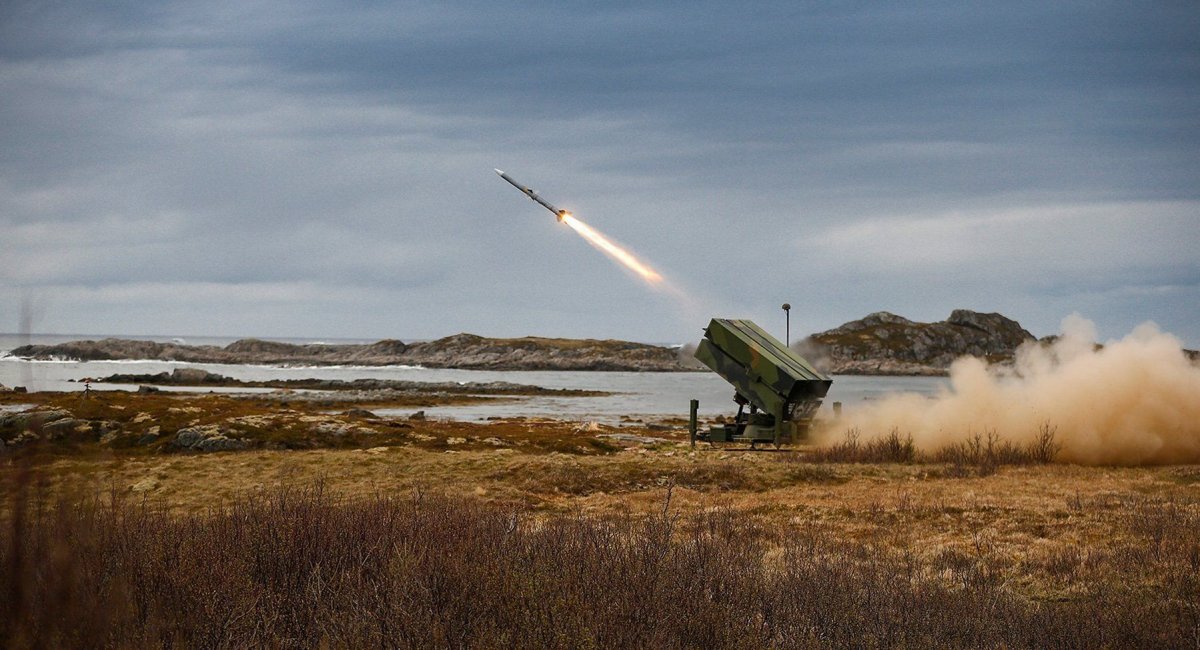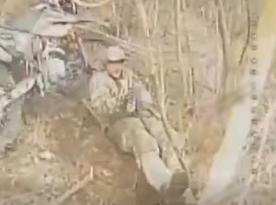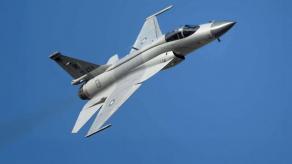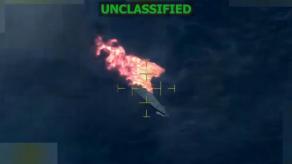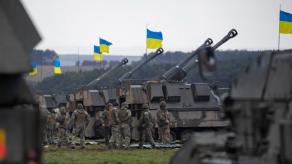Record-high increase in defense spending in Norway of $150 bln for the next 12 years seeks to bolster the navy with additional battleships and submarines, deploy two land forces brigades, and secure the air defenses in the country. As for the latter, Oslo will expand the arsenal of NASAMS surface-based anti-aircraft missile systems and procure even more potent equipment.
In this context, Breaking Defense talked to Gen. Eirik Kristoffersen, chief of the Norwegian Armed Forces. He said the current priority before acquiring new long-range systems is to "buy more of what we already have."
Read more: How Possible is to Revamp a F-16 from the 1980s to the Latest Block 70/72 Viper
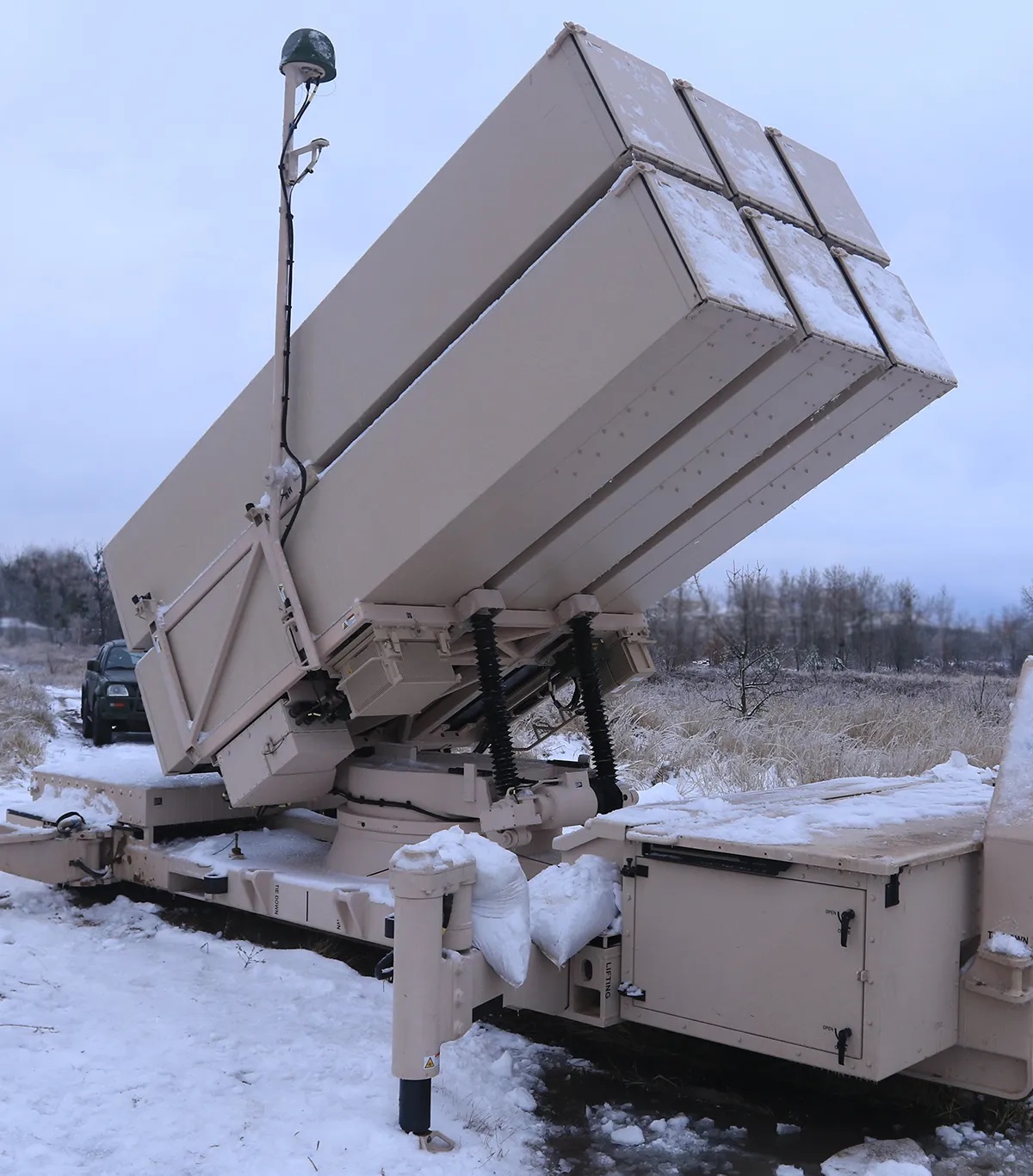
From man-portable missiles to NASAMS medium-range air defense systems, Norway military "have already invested, and we need to invest more in that. We know it’s working, it’s tested and it’s proven its effectiveness in Ukraine," Kristoffersen noted.
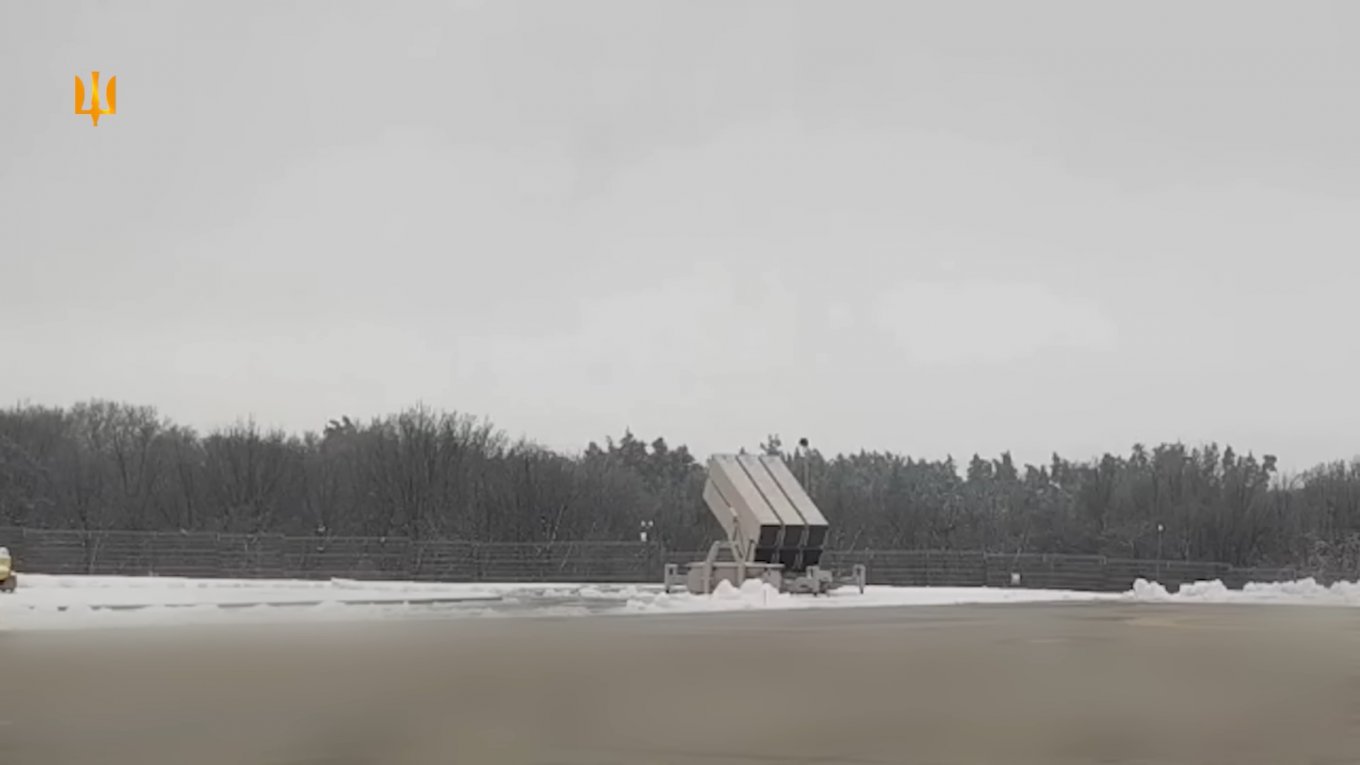
According to the general, Norwegian command has made conclusions based on how Ukrainians use NASAMS, a weapon developed jointly by Norway and the U.S., to counter russian barrage of drones and use that knowledge to rebuild its own air defense capability.
The most important lesson, Kristoffersen says, is that the quantity of assets plays a huge role when dealing with low-tech threats like killer drones. In particular, Norway has to "increase spending in simple systems that we need a huge volume of," and the country is open to suggestions from the market, preferring cheaper solutions.
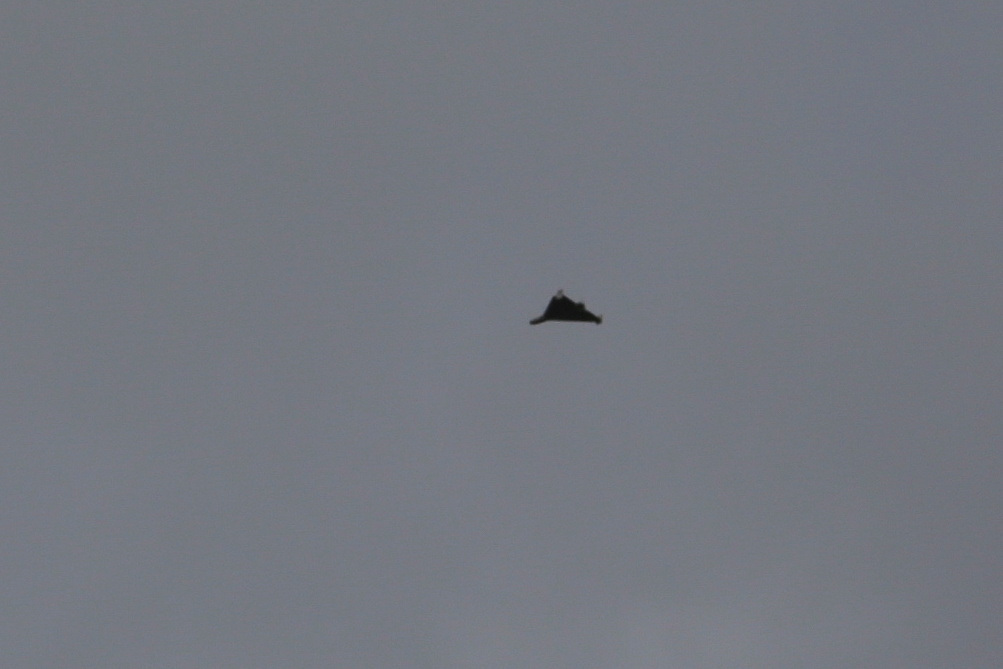
"If there’s a cheap low-tech drone, the response has to be as cheap and low tech as possible," the Norwegian defense chief said in the interview.
Speaking of NASAMS, Defense Express adds that Norway had awarded a big contract to Kongsberg, the national manufacturer of these systems. The order commissioned additional launchers and fire control units called the Fire Distribution Center, the supplies are scheduled for 2026–2027.
As for the longer-range capabilities, Kristoffersen is wary to give any insights and says the options are still being weighed in order to make the most suitable choice, especially considering the rapid development of both missile and anti-missile technologies.
"Is it Patriot systems, something else? These are very costly, requires a lot of people to man. So that’s a that’s a big decision," the general ponders and hopes that the decision and official announcement will come as soon as possible.
Based on reporting by Breaking Defense. The full article is available here.
Read more: Spain Trained Ukrainians to Operate Hawk and Patriot, Now the NASAMS Course Opens, Too




